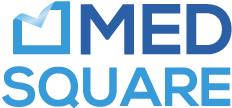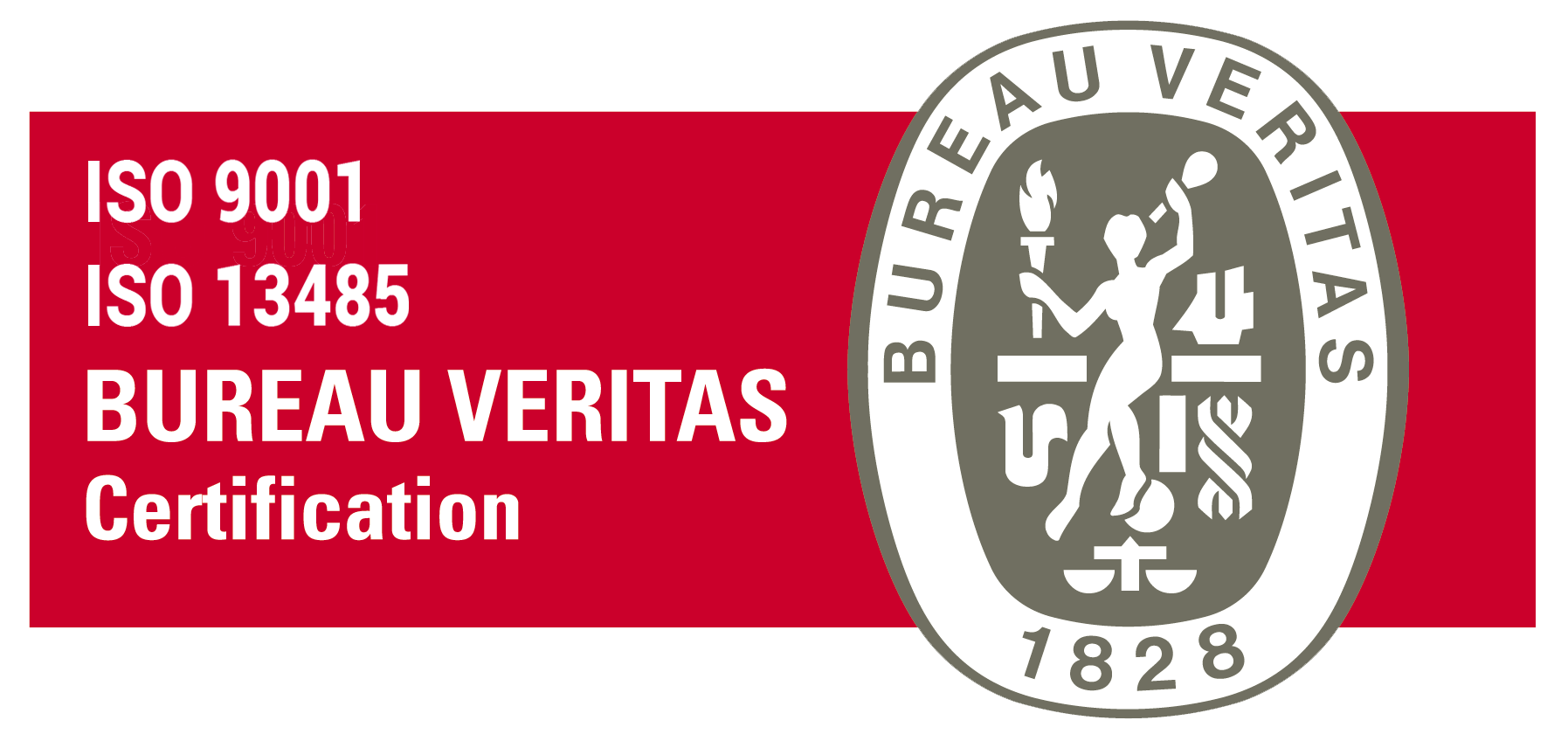Blog
Patient-centered Radiology: A recent survey published by the Revue Radiology
Written by : Karen Frangie - 30/06/17 - In Blog
Today, the patient-radiologist communication relationship is an integral part of the care. According to a survey conducted by members of the RSNA Patient-Centered Radiology Steering Committee, radiologists seek to communicate directly with patients but currently face time and workload constraints.
Some key figures on the survey published by the Revue Radiology:
– 694 radiologists responded positively to the survey.
– 89% of the respondents agreed that promoting awareness of the role of radiology in the patients’ overall health care is important to how they practice.
– 73% of the radiologists believe that time or workload frequently prevents them from communicating directly with patients.
Indeed, the survey’s results show that time or workload are the strongest barriers to patient-centered care. And today, these factors would prevent effective communication with the patient and optimal care. So, how to improve radiologist-patient communication? What tools are available to deal with certain obstacles? These are the questions that were asked of the researchers in this study.
Dr. Jennifer L. Kemp of Diversified Radiology in Denver, Colorado, leader and author of the study, said that “patient-centered radiology is a lot more than giving results to patients.” She also added that “a discussion of the appropriateness of the test, an explanation of the exam from the technologist, and user-friendly radiology reports are key parts of this care continuum.” (Interview by Thema Radiologie).
Thus, putting the patient at the center of attention leads to reinforcing communication concerning radiation safety among all the actors. This case can be applied to Radiation Dose Monitor (RDM), the patient dose management solution, which is dedicated not only to radiologists but to all those responsible for the dose cycle (technologists, Heads of Department, medical physicists, and Radiation Safety Officers). RDM enables the establishment of lasting relationships between healthcare professionals with the unique objective of optimizing patient care.
In his video testimony, Guillaume Hamel, Technologist at Sainte Marie Medical Imaging Center in Osny, says that he had to alert a radiologist to the fact that a young patient had been over-exposed over a short period of time due to the many CT scans she had undergone. Consequently, the radiologist replaced the CT scan with another non-radiating exam (click here to watch the video).
Social Media: a key element in building the patient-radiologist relationship
It has also been shown that Social Media are an essential aid in bridging the gap between patient and radiologist. The study highlights Social Media as tools that facilitate engagement with patients. “Our patients today consult Social Media often and receive a lot of medical information,” says Dr. Kemp in Thema Radiologie. These media allow radiologists to “interact with patients about medical imaging procedures, do not take much of the radiologist’s time, and can potentially impact many people,” says Dr. Kemp.
Karen Frangié, Communication Leader at Medsquare, says that it is necessary to update a company’s Social Media, especially when our end-users are healthcare institutions. “Publishing news on our Social Media not only impacts healthcare professionals but patients too. News is transmitted and available very quickly. Knowing that a certain hospital has a solution such as RDM can reassure a patient who will have to undergo exams in that facility. By using RDM in the hospital, we remind patients that their dose – and their safety – are being carefully monitored.”
 Download PDF
Download PDF
